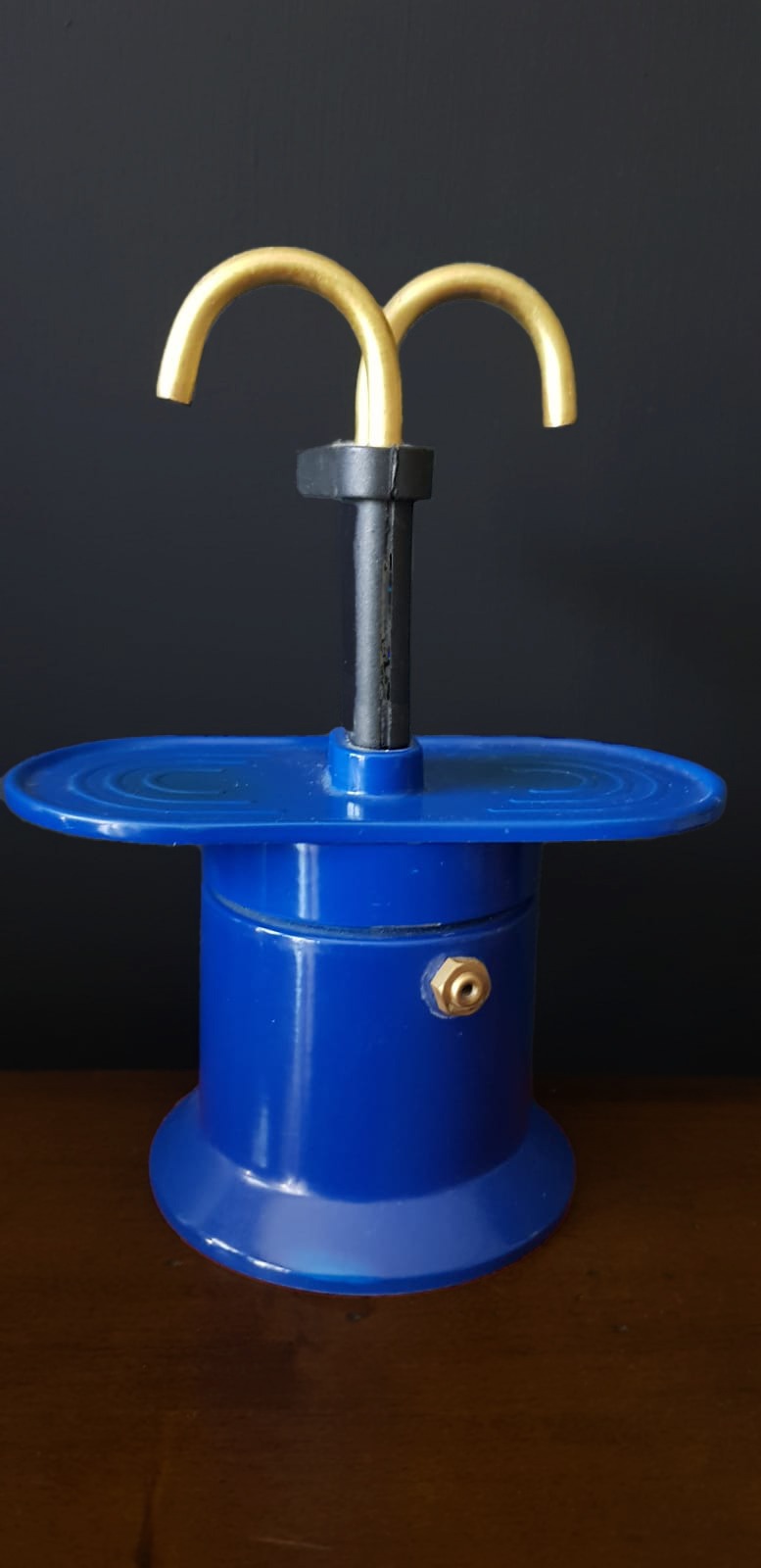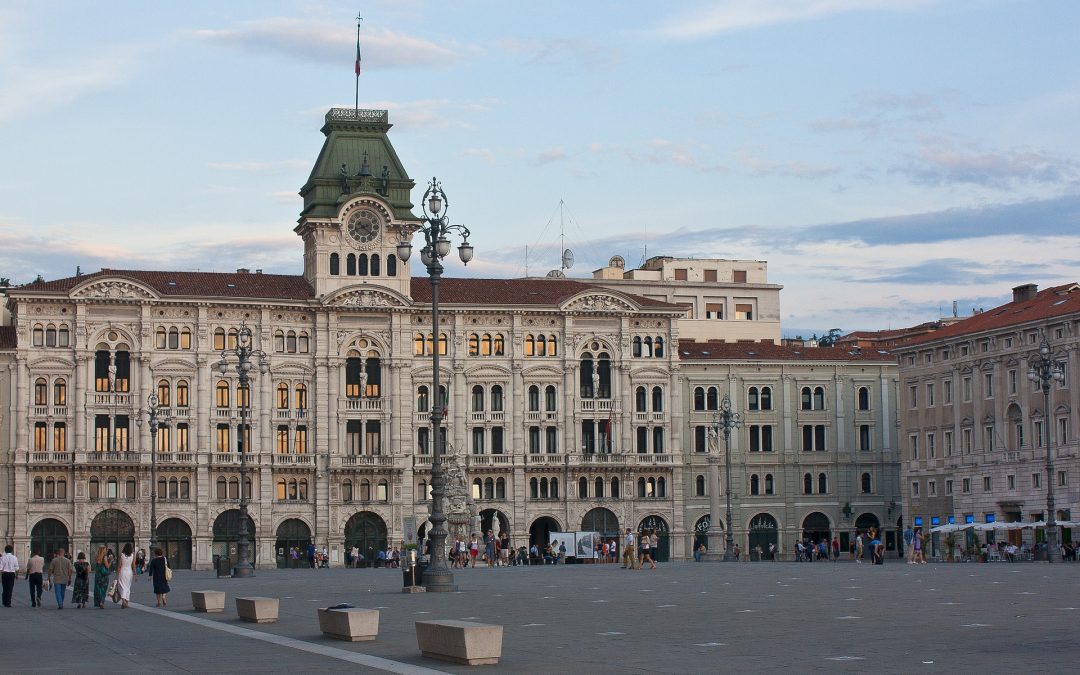
VACUUM POT AND BALANCING SYPHON
We started from 1884 and the first espresso machine created by Angelo Moriondo but Lu author of the blog The Caustic Misanthrope, in addition to tips on rice, pointed me to the 19th century coffee maker!
It was originally the Vacuum: illustrated in this video by Trieste Coffee Experts: an event that brings us back to a place we have already talked about for its coffee supply chain
The Vacuum also called Vac Pot or Syphon Pot, was born in 1830.
In 1850 the next evolution: the Balancing Syphon Brewer.
The Balancing Syphon consists of two containers with a siphon tube connecting them.
Coffee is placed in one of the two containers, usually made of glass, and water in the other made of ceramic or copper.
An alcohol lamp heats the water, forcing it through the tube to the other container, where it mixes with the coffee.
As the weight changes, a balancing system based on a counterweight or spring mechanism is activated, which in turn causes the lamp to turn off.
A partial vacuum is formed, which sucks up the mixture originated through a filter, and returns it to the first vessel, from which coffee is dispensed through a tap.
Is your cup ready?
What do you say, wanting to make it a family affair, can we therefore say that Vacuum Pot and Balancing Syphon are the grandmother and great-grandmother of the mocha?
Certainly the names Vacuum Pot and Balancing Syphon sound more scientific than familiar, but their cruets also represent warmth, anticipation, and the ritual that foreshadows something good.
At this point the connecting links remain, and in this regard I think back to the enameled coffee pot with floral decoration with which my parents first, and my brother later, decorated the kitchen.
I then have this little one

what shall we call it?
And what about your coffee pot?



 Hi I'm Claudia and this is KCDC.
Hi I'm Claudia and this is KCDC.




OPINIONI